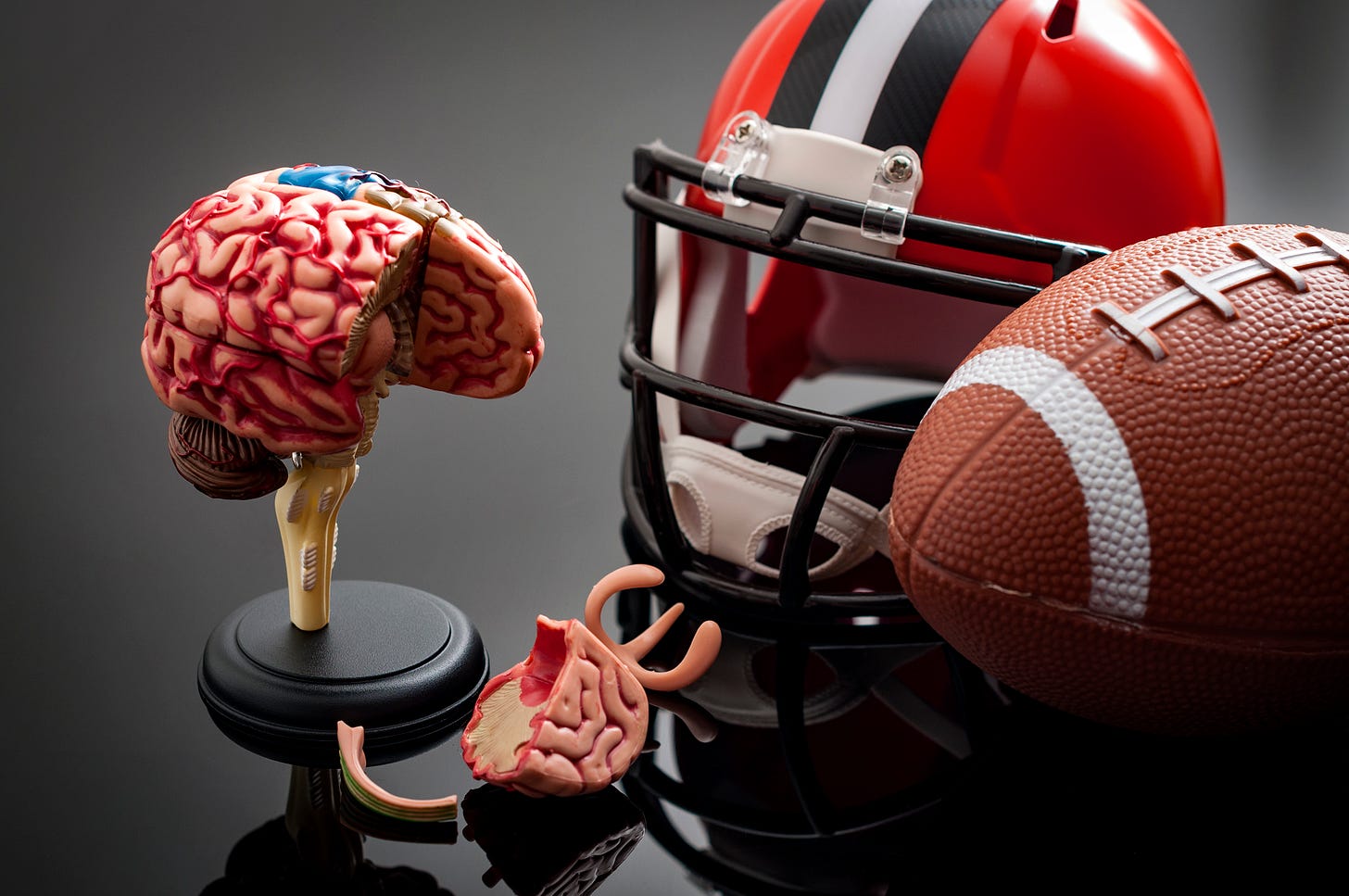A week of headaches for contact sport
PLUS: Manly issues; has the NFL just pointed to the ABs' streaming future; NZ b'ball's coup; and the women's Euros come a long, long way.
It’s been a massive few days for the contact-sport world as it relates to chronic traumatic encephalopathy (CTE).
First, Ryan Jones, 41, becomes the latest high-profile rugby player to go public with his diagnosis and probable CTE.
Second, the largest class-action lawsuit outside the US is destined to go to courts, with Rylands Law issuing proceedings against World Rugby, the England’s RFU and Wales Rugby on behalf of close to 200 ex-professionals who will argue the governing bodies neglected their duty of care around the dangers of repeated blows to the head.
Third and perhaps most significantly, a study co-authored by our very own Sir Richard Faull, claims to have found conclusive evidence that repetitive head impacts can cause degenerative brain disease, which would move the vexed topic of CTE out of the range of correlation and into causation.



Researchers from Oxford Brookes University and 12 other academic institutions produced the study, which was analysed by the Concussion Legacy Foundation.
It found that contact-sport athletes were at least 68 times more likely to develop CTE than those who did not play contact sport.
Dr Chris Nowinski, CEO of the Concussion Legacy Foundation, said it was time for sports bodies to acknowledge the obvious “that head impacts cause CTE and they should not mislead the public on CTE causation while athletes die and families are destroyed by this terrible disease”.
The Foundation believes it is time to include repetitive head impacts alongside smoking, sunburn and alcohol in terms of child safety efforts.
In other words, ban contact sports for children.
The full paper, from Frontiers in Neurology, can be found here.
Keep reading with a 7-day free trial
Subscribe to The Bounce to keep reading this post and get 7 days of free access to the full post archives.




